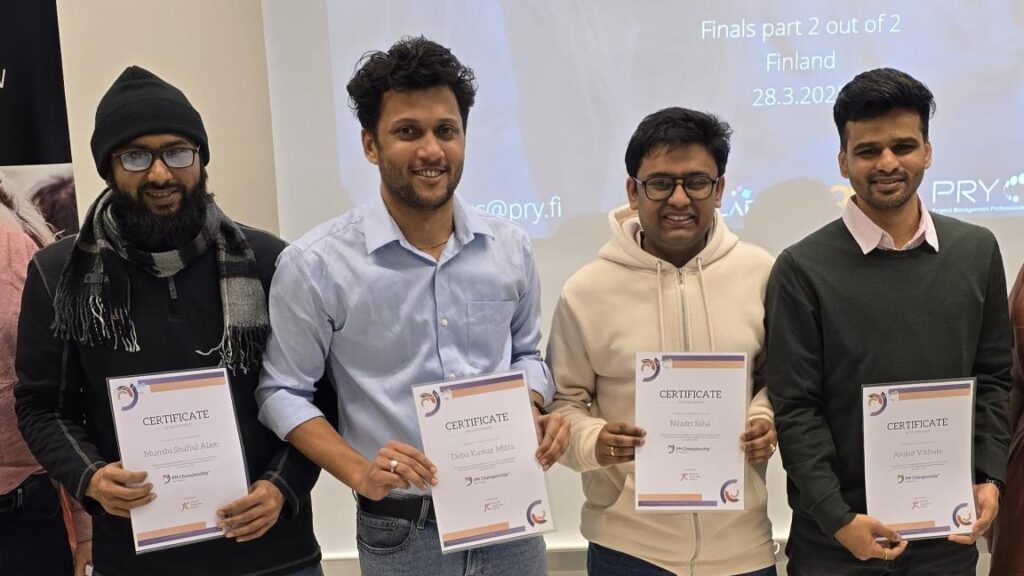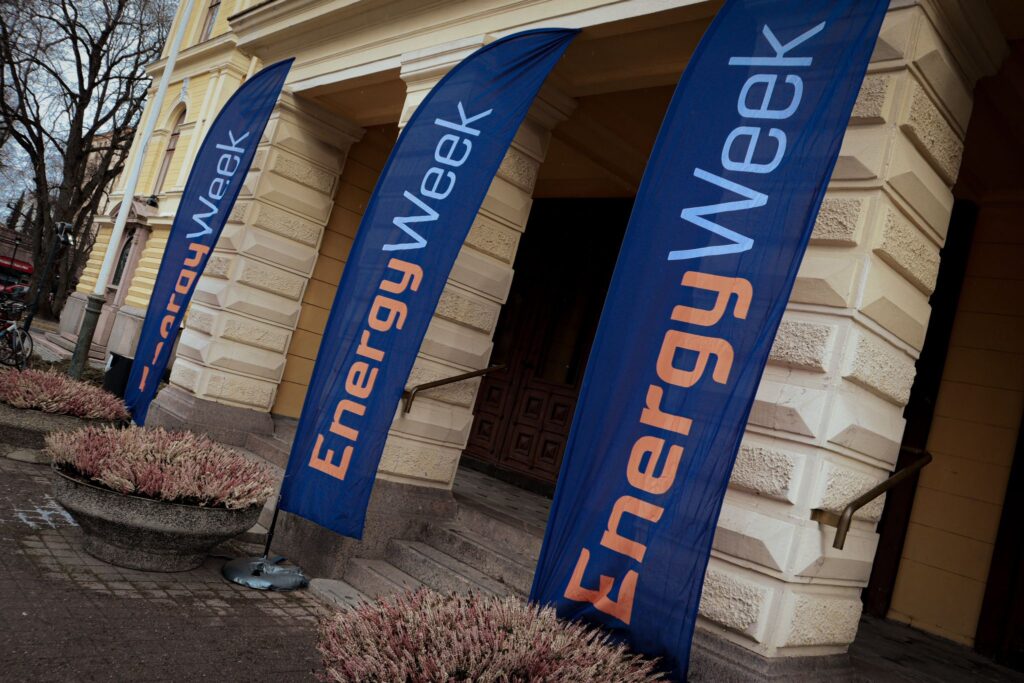The project BotH2nia Hydrogen Valley brings together hydrogen economy actors in four regions. Merinova is the spider in the web of the project that aims to create a so-called Hydrogen Valley on the west coast of Finland.
There is a lot going on around hydrogen on the west coast of Finland. Sabina Storbacka from Merinova Technology Centre says that it has been bubbling under the surface for a long time, but recently the development has really started accelerating.
“There is a strong common will among regional councils, development companies, cities, schools, municipalities, companies and other types of organisations,” says Sabina Storbacka, Programme Director at Merinova Technology Centre.
The joint development ideas have led to the creation of a Memorandum of Understanding. Merinova Director Sari Kola says that there is very strong support from the industry and that companies are also pulling in the same direction.
A new high profile project is created
The BotH2nia Hydrogen Valley project, with around 70 stakeholders and even more involved, now wants to take this co-operation to the next level.
“The project aims to make our area a leading area in the hydrogen economy by 2030,” says Sabina Storbacka.
The Merinova Technology Centre has overall responsibility for the coordination of the project. In addition, there are also regional coordinators from the different regions, which include Ostrobothnia, Central Ostrobothnia, Northern Ostrobothnia and Satakunta.
Benefits of a broad base
The project’s broad base is an advantage when it comes to solving challenges related to planning, land use and protected areas, for example.
Matti Luhtanen, from the development company Prizztech in Satakunta, says that this is a slightly different project that creates perspective.
“It’s great that several regions can co-operate, even if we sometimes compete over the same investments,” says Matti Luhtanen.
It is all about the green transition
Building a hydrogen economy is linked to the EU’s green transition. The transition to widespread renewable energy creates challenges since production fluctuates, for example, because the wind does not blow as much all the time.
“The energy from wind power, on the other hand, can be turned into hydrogen and then stored and used when needed,” says Tauno Kekäle, Project Manager at Merinova.
Instruments, status and co-operation at the same time
“Hydrogen Valleys” are collaborations and EU instruments used to bring different actors to the same table to create the conditions for the hydrogen economy.
The project now created is currently seeking 20 million Euros in EU funding. Mr Kekäle says the money gives universities, schools and smaller businesses a chance to keep up with developments.
“However, the most important thing about the project is to gain status as an area within the EU that others also believe in,” says Tauno Kekäle.
In this context, it is worth mentioning that companies in the eight value chains involved in the project expect to invest a total of EUR 3.6 billion.

Regional councils play important roles
Kaisa Penttilä, Project Manager at the Regional Council of Ostrobothnia, says that the regional councils play several important roles in this context. The regional councils have a statutory task to strategically develop the regions.
“This includes, for example, regional spatial plans for land use, and the councils are also the organisations that manage Europe’s regional development funds,” says Kaisa Penttilä.
A lot of background work
Kaisa Penttilä says that the background to the development of the hydrogen economy networking activities can be traced to the H2 Ecosystem Roadmap for Ostrobothnia project. The BotH2nia network, led by Matti Malkamäki, and of course the energy cluster in Vaasa, have also built the foundations for smooth co-operation.
Merinova’s Sari Kola explains that the processes gained strong momentum after the EnergySampo forum in October identified three areas for intensive work, of which Hydrogen Valley was one.
In mid-April, the project submitted its application to the EU’s Horizon Call programme. It is estimated that it will take 4-5 months before a first response is received. It is a five-year project which can start in 2025 at the earliest.















